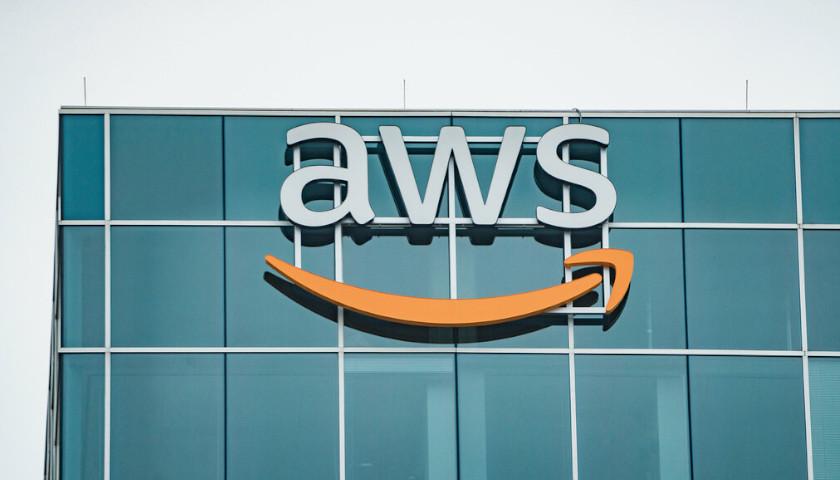by Morgan Sweeney
After announcing in January that it was going to invest $35 billion over the next 17 years in bringing more data centers to Virginia, Amazon Web Services, the cloud services arm of Amazon, has chosen to invest about one-third of those funds in Louisa County to build two data centers by 2040.
Northern Virginia – and Loudoun County in particular – is the data center capital of the world, with nearly 300 centers in the region and roughly 70% of the world’s internet traffic routing through Loudoun, according to news source Governing. Data centers house servers, data storage drives, network equipment and other IT infrastructure to store companies’ digital data. They play a vital role in cloud computing and artificial intelligence, necessitating increased storage capacity.
Louisa County is excited about AWS’s $11 billion investment there, citing the hundreds of jobs the data centers will supply and an expanded tax base. AWS will be one of the largest private-sector employers in the county, according to a press release.
“This is a historic moment for the county. AWS’s plans to locate in Louisa represent an amazing opportunity that benefits our citizens and our community as a whole,” said Louisa County Administrator Christian Goodwin in a statement.
While they help meet the needs of a 21st-century workforce and economy, data centers can be controversial, as they can use a massive amount of power and water for cooling, depending on their size and other factors. Data centers are, on average, about 100,000 square feet, according to Datacenters.com.
The U.S. Department of Energy calls data centers “one of the most energy-intensive building types,” as they can consume “10 to 50 times the energy per floor space of a typical commercial office building.”
Louisa County officials don’t yet know how big the data centers that Amazon plans to build; they know there will be two campuses, Cindy King, a spokeswoman for the county, told The Center Square.
Because of data centers’ energy requirements, new ones take a lot of planning, permits and construction from utility companies.
In anticipation of more data centers in Henrico County, Dominion Energy filed a 1,170 page request with the State Corporation Commission “to approve a route for two new 4.69-mile transmission lines,” according to an article by Richmond Times-Dispatch. If approved, the lines won’t be complete until 2026.
Perhaps Virginia became home to 35% of the world’s hyperscale data centers because it was “one of only a handful of states that offered incentives to the nascent industry” back in 2009, according to Governing.
In her article “Virginia has a data center problem” for the Virginia Mercury, contributor Ivy Main cited a state audit that showed that “Virginia taxpayers had provided over $830 million to data center operators through 2020,” not including the $140 million in grants set aside for AWS in the latest state budget.
John Mozena, president of the Center for Economic Accountability, thinks that data centers are a poor use of taxpayer dollars.
“Proximity to a data center used to matter a heck of a lot more back when a company’s server was a single computer that you had to physically maintain,” Mozena told The Center Square.
“Today, one of the big selling points of cloud computing services like Amazon Web Services is that it doesn’t matter where the data center that is powering your business is located… and that makes paying a lot of money for them pretty meaningless from an economic development perspective,” Mozena said.
For the data centers coming to Louisa County, the county plans to “rebate a portion of the new tax revenues paid by AWS – meaning no funds from the county’s current revenues will be used,” King said.
– – –
Morgan Sweeney is a staff writer covering Virginia and Maryland for The Center Square. Morgan was an active member of the journalism program as an undergraduate at Hillsdale College and previously freelanced for The Center Square.
Photo “Amazon Web Services” by Tony Webster. CC BY 2.0.





